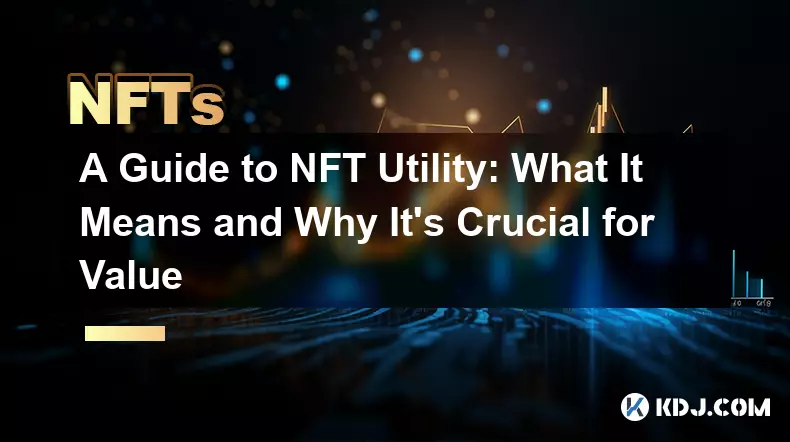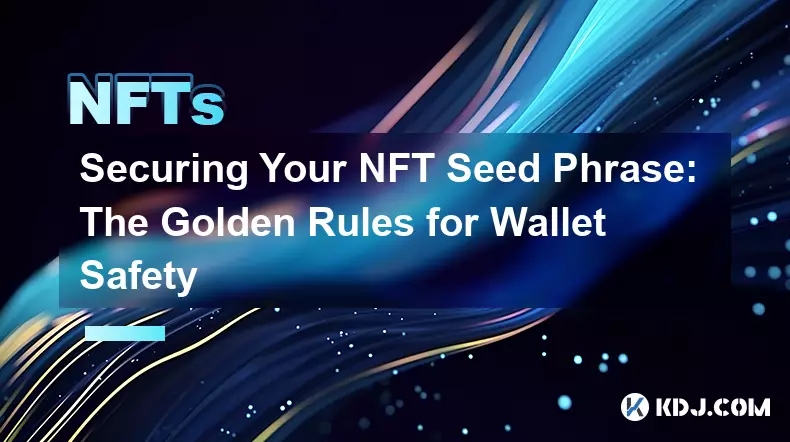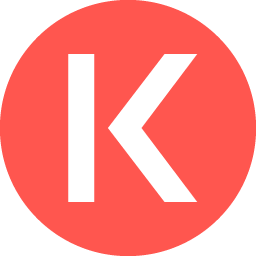-
 bitcoin
bitcoin $101752.865364 USD
-1.09% -
 ethereum
ethereum $3382.985899 USD
-1.38% -
 tether
tether $0.999658 USD
0.04% -
 xrp
xrp $2.272505 USD
-1.51% -
 bnb
bnb $989.089004 USD
0.14% -
 solana
solana $156.962612 USD
-3.08% -
 usd-coin
usd-coin $0.999776 USD
0.01% -
 tron
tron $0.290786 USD
-0.69% -
 dogecoin
dogecoin $0.174594 USD
-2.86% -
 cardano
cardano $0.560085 USD
-3.55% -
 hyperliquid
hyperliquid $40.023704 USD
-5.75% -
 chainlink
chainlink $15.324649 USD
-2.78% -
 bitcoin-cash
bitcoin-cash $493.576540 USD
-3.52% -
 zcash
zcash $571.320038 USD
-12.05% -
 stellar
stellar $0.280066 USD
-4.26%
NFT Gas Fees Explained: A Practical Guide to Saving Money on Ethereum
Timing your NFT transactions during off-peak hours can cut Ethereum gas fees by over 50%, saving significant costs on minting, buying, or transferring assets.
Nov 05, 2025 at 06:54 am

Understanding NFT Gas Fees on Ethereum
1. Gas fees on the Ethereum network are payments made by users to compensate for the computational energy required to process and validate transactions. When minting, buying, or transferring NFTs, each action must be recorded on the blockchain, which requires gas. The fee is denominated in gwei, a subunit of ETH, and fluctuates based on network demand.
2. Every NFT transaction involves smart contract execution. Whether it’s listing an asset on OpenSea or finalizing a bid on LooksRare, the Ethereum Virtual Machine (EVM) needs resources to execute these operations. Users set a gas limit and a gas price, determining how much they’re willing to pay per unit of computation and the maximum amount of gas the transaction can consume.
3. High congestion on the Ethereum mainnet often leads to spikes in gas prices. During popular NFT mints or major market movements, thousands of users compete to get their transactions included in the next block. This competition drives up the average gas cost, sometimes making small NFT trades economically unviable.
4. The timing of your transaction significantly affects the final cost. Network activity varies throughout the day, with peak hours typically occurring during business hours in major financial regions. Executing transactions during off-peak times—such as late at night UTC—can reduce gas expenses by over 50%.
5. Tools like Etherscan’s gas tracker or Blocknative’s Gas Platform provide real-time data on current and predicted gas prices. Monitoring these dashboards allows users to schedule actions when fees are lowest, avoiding unnecessary overspending during volatile periods.
Strategies to Minimize NFT Transaction Costs
1. Utilizing Layer 2 solutions such as Polygon, Arbitrum, or Optimism can drastically reduce gas fees. These networks process transactions off the Ethereum main chain and later settle them in batches, offering near-instant confirmations at a fraction of the cost. Many NFT marketplaces now support direct trading on these chains.
2. Wallets like MetaMask allow manual adjustment of gas settings. By selecting the “Advanced Options” during transaction confirmation, users can lower the gas price if they are not in a rush. This method carries the risk of delayed processing but is effective for non-urgent transfers or listings.
3. Aggregators like Parcel or SimpleX help users batch multiple NFT transfers into a single transaction, reducing overhead costs. Instead of paying full gas for each individual transfer, bundling minimizes redundant smart contract calls and optimizes execution efficiency.
4. Some platforms offer “lazy minting,” where the NFT is created only when purchased, shifting the gas burden from creator to buyer. This approach enables artists to list work without upfront costs, while buyers absorb the minting fee upon acquisition.
5. Scheduling transactions using tools like Gnosis Safe or automated bots that monitor gas thresholds ensures execution only when predefined price conditions are met. This prevents manual oversight and reduces emotional decision-making during high-market volatility.
The Role of Marketplaces in Gas Optimization
1. Leading NFT platforms have introduced mechanisms to cut user expenses. OpenSea’s Seaport protocol, for example, uses order-based architecture that reduces redundant on-chain operations compared to older listing models.
2. X2Y2 and LooksRare implement decentralized bidding systems that consolidate offers off-chain, minimizing frequent updates to the blockchain. Only winning bids or accepted offers trigger costly mainnet interactions.
3. Certain marketplaces now support native gas token usage, allowing holders of tokens like GST2 (Gas Station Token) to receive rebates or discounts on transaction fees. Accumulating such tokens during low-fee periods prepares users for future high-cost scenarios.
4. Cross-chain bridges integrated within marketplaces let users move NFTs between networks seamlessly. Transferring assets to lower-fee ecosystems before trading avoids repeated exposure to Ethereum’s expensive environment.
5. Platforms partnering with RPC providers or relayers enable sponsored transactions, where developers or collectors cover gas costs for specific actions. While less common, this model promotes accessibility and encourages broader participation.
Frequently Asked Questions
What causes sudden spikes in Ethereum gas fees?Network congestion due to high-volume events like popular NFT mints, DeFi token launches, or macroeconomic shifts in crypto markets increases demand for block space. Miners prioritize transactions with higher gas prices, pushing average costs upward.
Can I complete NFT transactions without paying any gas?Yes, through meta-transactions or relayed contracts, certain platforms allow third parties to pay gas on your behalf. Additionally, using sidechains like Polygon enables nearly gas-free interactions, though bridging back to Ethereum incurs a fee.
How do gas fees differ between minting and reselling an NFT?Minting usually requires more computational work because it involves creating a new token via a smart contract deployment, resulting in higher gas use. Reselling typically executes simpler functions like ownership transfer, consuming less gas unless additional logic is embedded in the contract.
Are there wallets that automatically optimize gas prices?Wallets such as MetaMask and Rainbow include dynamic gas estimation features that suggest optimal pricing based on current network conditions. Some also integrate with DeFi Saver or GasToken services to further enhance cost-efficiency during transaction submission.
Disclaimer:info@kdj.com
The information provided is not trading advice. kdj.com does not assume any responsibility for any investments made based on the information provided in this article. Cryptocurrencies are highly volatile and it is highly recommended that you invest with caution after thorough research!
If you believe that the content used on this website infringes your copyright, please contact us immediately (info@kdj.com) and we will delete it promptly.
- Ripple (XRP) in 2026: Hold or Fold? A Look at XRP's Future and Emerging DeFi Alternatives
- 2025-11-08 18:35:01
- Zcash ZEC Coin Price Explosion: From Privacy Niche to Center Stage
- 2025-11-08 18:55:01
- Berachain Price Prediction: Navigating the Honeycomb Hype in Crypto
- 2025-11-08 18:55:01
- Arthur Hayes, Gold, and Bitcoin: A Modern Monetary Trinity?
- 2025-11-08 19:15:01
- Shiba Inu's Next Move: Navigating a Shifting Market
- 2025-11-08 19:20:01
- Pakistan's Crypto Crossroads: Balancing Opportunity with Asset-Backed Realities
- 2025-11-08 19:20:01
Related knowledge

NFT Portfolio Tracking: The Best Tools to Manage Your Investments
Nov 04,2025 at 11:04pm
NFT Portfolio Tracking: Why It Matters in the Digital Asset Space1. The rapid expansion of the NFT market has made it essential for collectors and inv...

The Complete Guide to NFT Whitelists: Strategy for Gaining Access
Nov 03,2025 at 02:36pm
Decentralized Exchanges Gain Momentum in 20241. Decentralized exchanges (DEXs) have seen a significant rise in trading volume, surpassing centralized ...

Verifying NFT Authenticity: A Checklist to Avoid Fakes and Scams
Nov 01,2025 at 03:55pm
Understanding the Foundations of NFT Verification1. Every NFT is built on a blockchain, most commonly Ethereum, Solana, or Polygon. The blockchain pro...

Polygon (Matic) NFT Guide: Why It's a Top Choice for Low-Fee Trading
Nov 02,2025 at 06:36pm
Bitcoin's Role in Decentralized Finance1. Bitcoin remains the cornerstone of decentralized finance, serving as a primary store of value within the cry...

A Guide to NFT Utility: What It Means and Why It's Crucial for Value
Nov 01,2025 at 12:54am
Understanding NFT Utility in the Digital Economy1. NFT utility refers to the functional value that a non-fungible token provides beyond its existence ...

Securing Your NFT Seed Phrase: The Golden Rules for Wallet Safety
Nov 03,2025 at 09:54pm
Understanding the Importance of Your NFT Seed Phrase1. The seed phrase, typically a sequence of 12 or 24 words, acts as the master key to your digital...

NFT Portfolio Tracking: The Best Tools to Manage Your Investments
Nov 04,2025 at 11:04pm
NFT Portfolio Tracking: Why It Matters in the Digital Asset Space1. The rapid expansion of the NFT market has made it essential for collectors and inv...

The Complete Guide to NFT Whitelists: Strategy for Gaining Access
Nov 03,2025 at 02:36pm
Decentralized Exchanges Gain Momentum in 20241. Decentralized exchanges (DEXs) have seen a significant rise in trading volume, surpassing centralized ...

Verifying NFT Authenticity: A Checklist to Avoid Fakes and Scams
Nov 01,2025 at 03:55pm
Understanding the Foundations of NFT Verification1. Every NFT is built on a blockchain, most commonly Ethereum, Solana, or Polygon. The blockchain pro...

Polygon (Matic) NFT Guide: Why It's a Top Choice for Low-Fee Trading
Nov 02,2025 at 06:36pm
Bitcoin's Role in Decentralized Finance1. Bitcoin remains the cornerstone of decentralized finance, serving as a primary store of value within the cry...

A Guide to NFT Utility: What It Means and Why It's Crucial for Value
Nov 01,2025 at 12:54am
Understanding NFT Utility in the Digital Economy1. NFT utility refers to the functional value that a non-fungible token provides beyond its existence ...

Securing Your NFT Seed Phrase: The Golden Rules for Wallet Safety
Nov 03,2025 at 09:54pm
Understanding the Importance of Your NFT Seed Phrase1. The seed phrase, typically a sequence of 12 or 24 words, acts as the master key to your digital...
See all articles





















![The Graph Price Prediction [GRT Crypto Price News Today] The Graph Price Prediction [GRT Crypto Price News Today]](/uploads/2025/11/07/cryptocurrencies-news/videos/690d4df44fe69_image_500_375.webp)




















































